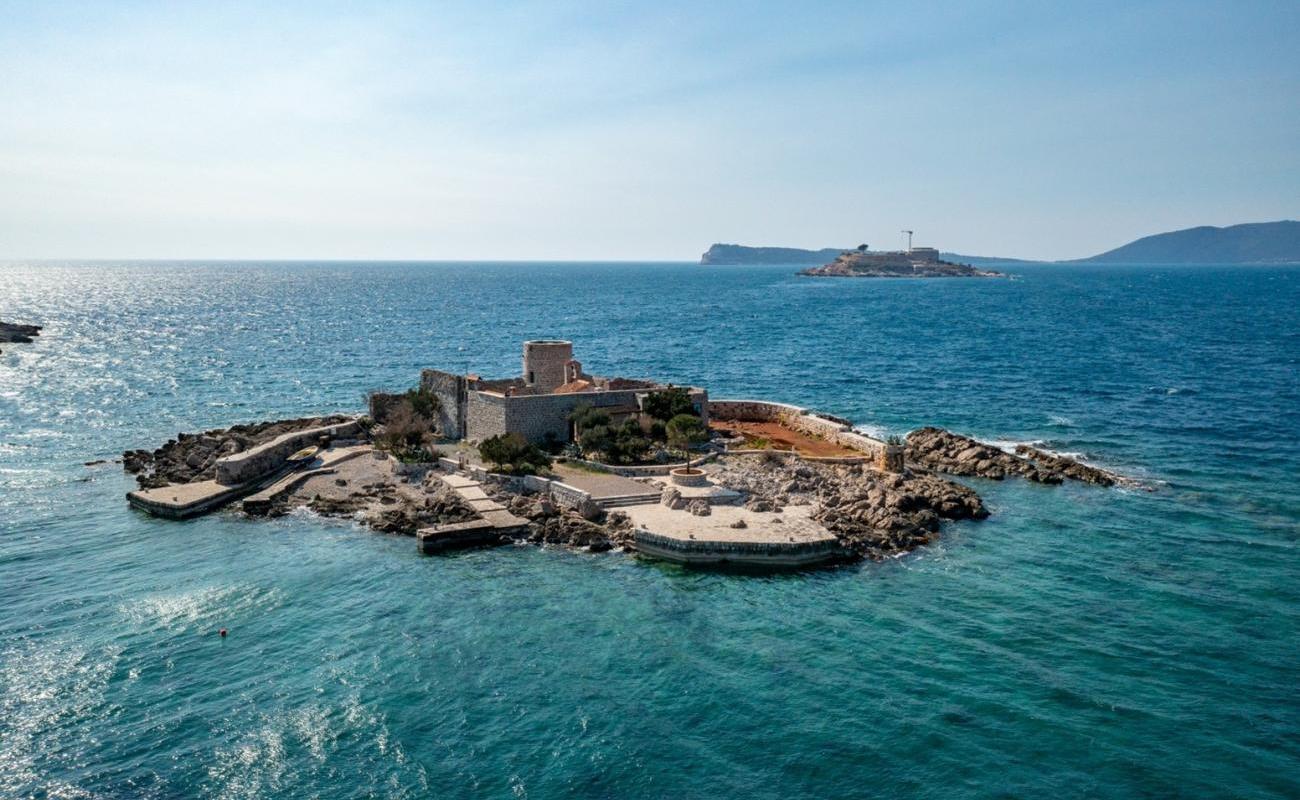DUE MARI: Digital tools to travelers looking for authentic experiences

The concept of an ideal trip has undergone significant changes in recent years. Instead of established routes and traditional tours, tourists increasingly want to explore areas off the beaten track. Today, they are looking for an offer that satisfies their curiosity and interests, and in this they rely more and more on digital technologies.
Recognizing these trends, institutions from Montenegro, Italy and Albania joined forces and decided to design innovative tourism products aimed at the digital promotion of the Southern Adriatic region and the Northern Ionian Sea, as well as the joint valorization of the natural and cultural resources of this area. This was made possible by the thematic project DUE MARI, which is supported through the Interreg IPA cross-border cooperation program Italy - Albania - Montenegro 2014-2020, which is co-financed by the European Union.
"Our idea was to connect the region along the Adriatic and Ionian seas into a unique destination in order to meet the needs of an increasing number of travelers who want an active vacation and authentic local experiences, far from the places that most visitors gravitate towards," Maja Kovačević from the Ministry explains to Eurokaz of tourism, ecology, sustainable development and development of the north of Montenegro, which was the bearer of this project as part of the former Ministry of Economic Development and Tourism.
In addition to the Montenegrin ministry responsible for tourism, the project partners were the National Tourism Organization of Montenegro, the Ministry of Tourism and the Environment of Albania, the Region of Pula, the Region of Molise and the company INNOVAPUGLIA S.p.A. The total value of the project was 5.2 million euros, of which 85% are grants from the European Union.
The key achievement of the project is the joint digital platform Due Mari, which presents more than 600 natural and cultural sights in the Italian regions of Puglia and Molise, Albania and Montenegro.
According to Kovačević, the partners from the three countries have mapped their key natural and cultural heritage sites and placed them on a virtual interactive platform, which users can easily access and thus plan their trip.
"When it comes to Montenegro, there are 160 localities from all municipalities on the platform. The platform enables visitors to take a virtual walk through areas throughout Montenegro. A short informative text is provided for each locality, and the content is available in English and Montenegrin. Also, three routes have been created from the offered localities, one each representing the southern, central and northern regions, as a mix of different attractions that are worth visiting," says Kovačević.
Thanks to this platform, numerous lesser-known natural and cultural attractions from all over Montenegro have become available to domestic and foreign travelers, who thus have the opportunity to learn more about potential micro-destinations, but only to the extent of getting them interested and motivated to visit them.
Lake Zaboj near Mojkovac, the archaeological settlement Municipium S near Pljevlja, the Vezir's Mosque in Gusinje, the necropolis of Žugić Bara on Durmitor, the Ždrebaonik Monastery and the Tivat salt pan are just some of the localities that are not usually found in tourist brochures about Montenegro, and represent valuable parts of cultural and natural heritage of our country.
In addition to them, the platform also includes sites from the UNESCO World Heritage List, such as the old town of Kotor, Berat Castle in Albania, the octagonal Castel del Monte Castle in Puglia, as well as the ancient Roman theater Teatro Tempio di Pietrabbondante in the Molise region.
In addition to the digital platform, during the project a replica of the press from the Crnojević Printing House and other authentic furniture that is used for the press was made. In cooperation with the Ministry of Culture and Media, which was an associated partner in the project, the replica of the press and the furniture were put under the management of the National Museum in Cetinje and are now exhibited in Billiard.
According to Kovačević, the partners from Montenegro wanted to make a recognizable tourist product out of the cultural and historical heritage.
"This is especially important since, according to data from the World Tourism Organization, 4 out of 10 tourists travel inspired by the aspect of cultural tourism. Additionally, research on the attitudes and spending of tourists in Montenegro conducted by the NTO confirms that over 65% of respondents visited cultural sights, including museums, galleries and exhibitions during their stay in Montenegro," she adds.
The partners also devoted considerable attention to the promotion of the project. The joint publication in English called 'Due Mari Route It', which shows numerous cultural and natural sites in Italy, Albania and Montenegro, stands out. In addition, the partners from Montenegro made short promotional films for each municipality from video footage taken from the air, which were handed over to local tourism organizations in order to better promote their tourism potential.
Through the project, three interactive screens - totems were acquired, which were given to the management of local tourist organizations and placed in visible locations in Podgorica, Kolašin and Bar. The contents of those local tourist organizations will soon be available on them, as well as a link to all virtual walks through selected localities in Montenegro.
Kovačević is particularly proud that the ministry in charge of tourism has demonstrated the ability to manage such a large regional project, emphasizing the excellent cooperation they have achieved with partners.
"Through the DUE MARI project, we have confirmed that in this region we can cooperate very nicely and efficiently, gathered around common priorities and interests. I believe that this is just the beginning of work on better touristic, cultural and economic connectivity of the Adriatic-Ionian area," she concludes.
